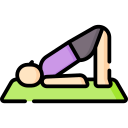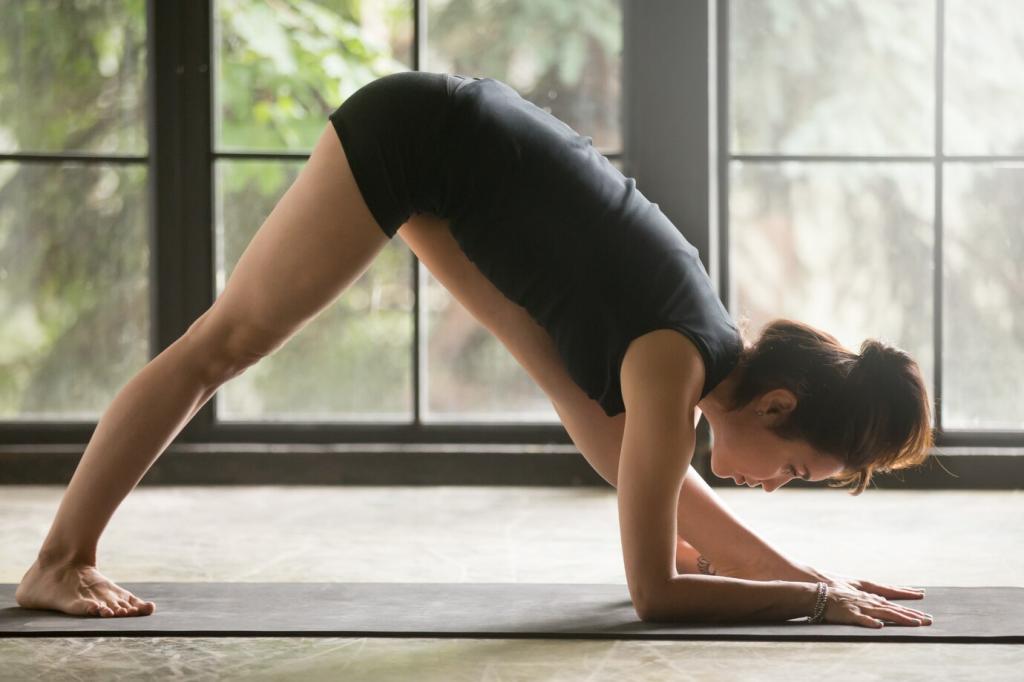
Start Strong: Step-by-Step Guide to Crafting Beginner Yoga Routines
Chosen theme: Step-by-Step Guide to Crafting Beginner Yoga Routines. Begin with clear steps, kind cues, and confidence, then build a calm, sustainable practice you’ll actually keep—share your progress, questions, and wins with our supportive community.
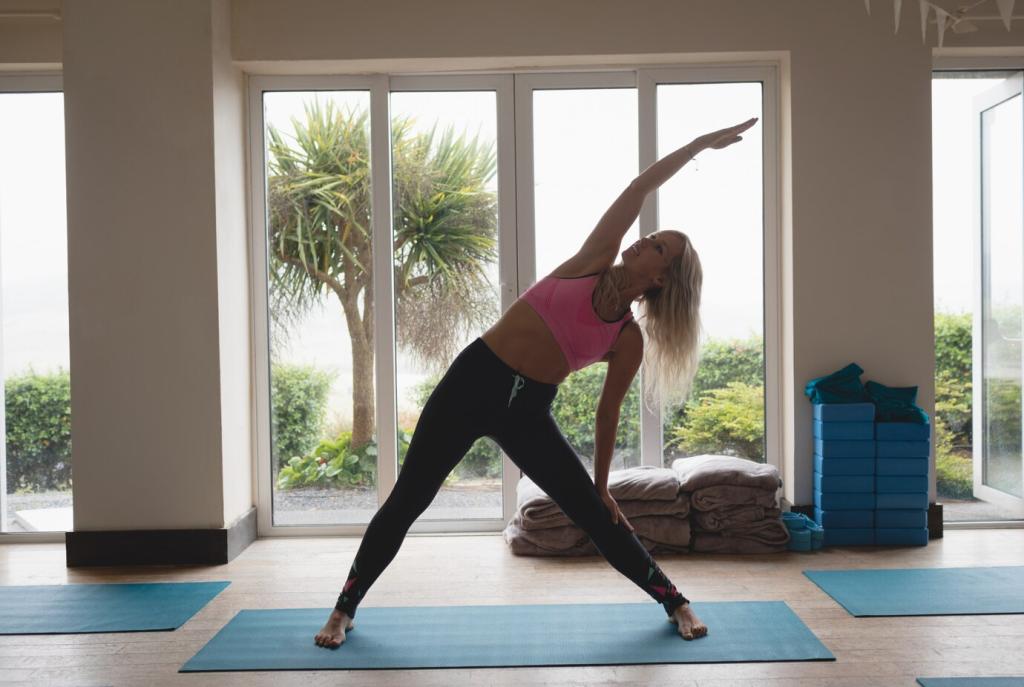
Set a clear intention and gentle goal
Choose one focus for today, like “release morning stiffness” or “breathe more deeply.” A single intention shapes your sequence, guides pose selection, and makes progress measurable. Share yours in the comments to inspire another beginner.
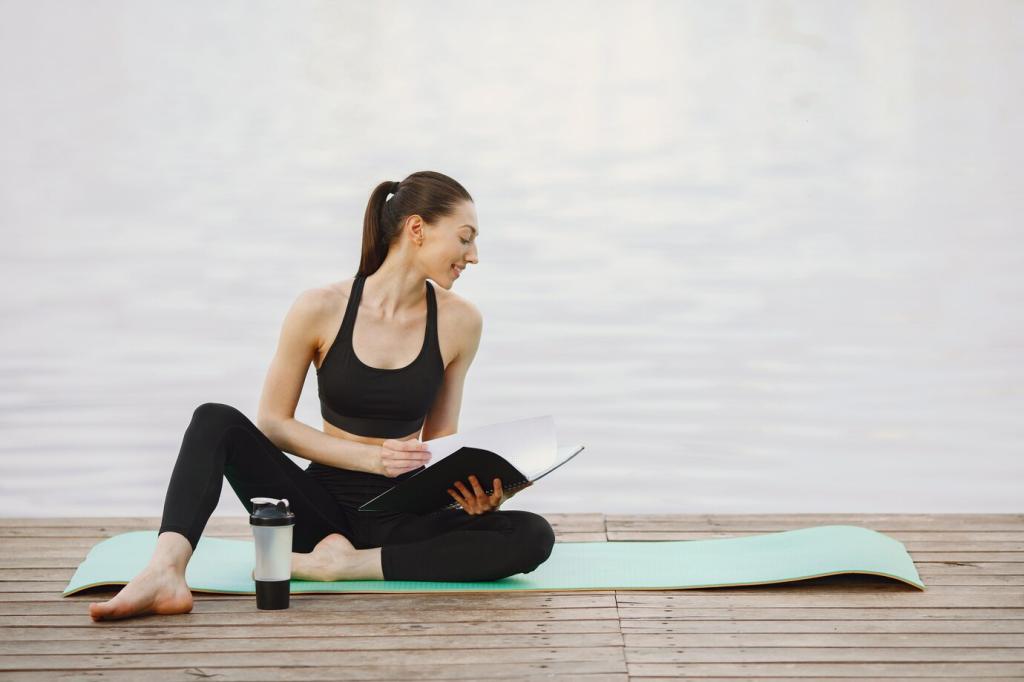
Safety first: align and listen to signals
Keep knees tracking over ankles in lunges, spine long in bends, and shoulders soft away from ears. If discomfort sharpens into pain, pause. Research suggests even short, mindful practices support mobility without overloading new movers.
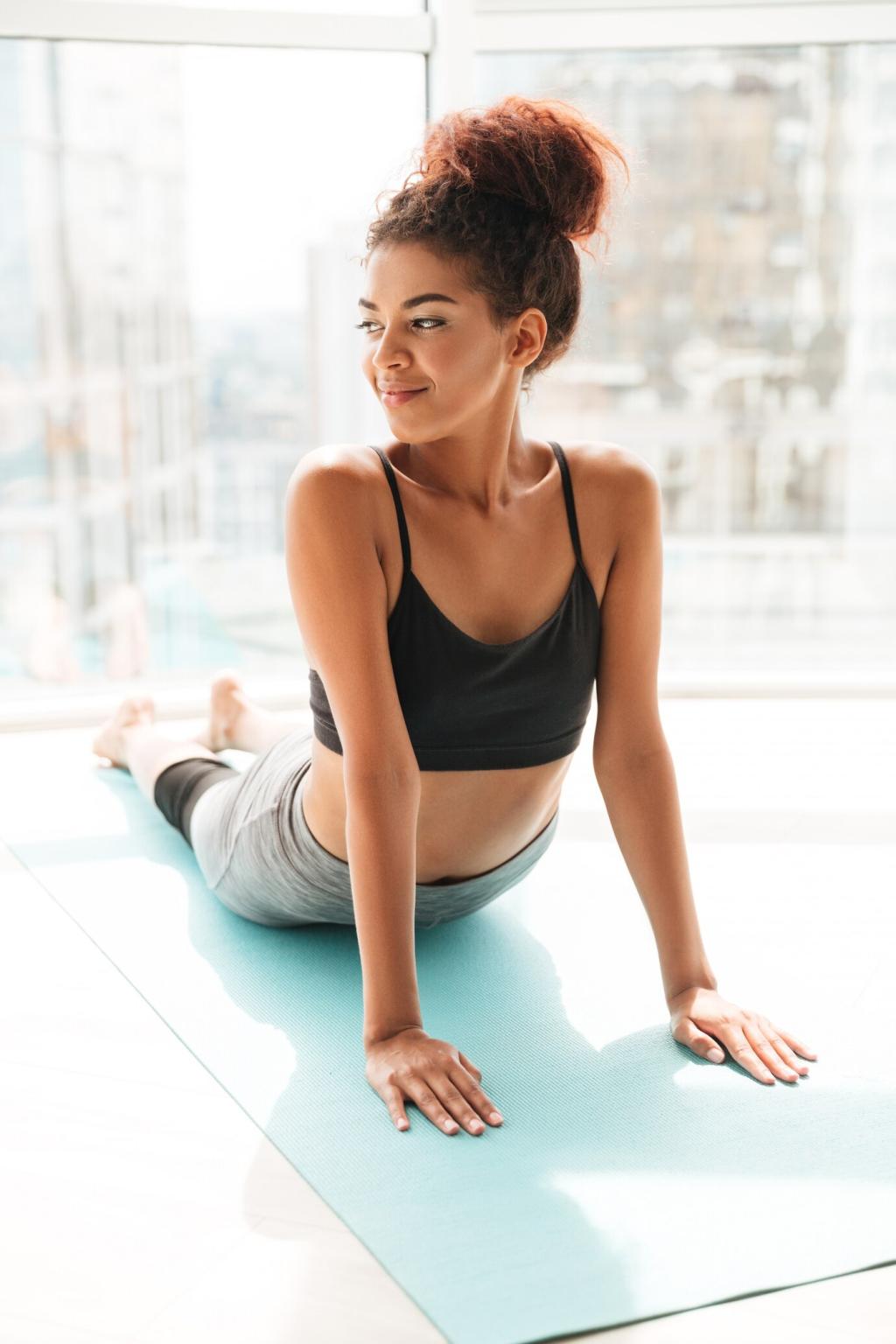
Find a calm breath baseline
Start seated, inhaling through the nose for four, exhaling for four. Feel ribs widen, then soften. This steady rhythm organizes your timing, reduces rushing, and makes every step of your routine easier to follow and enjoy.
Your Beginner Pose Toolkit
Mountain, Child’s Pose, and Cat–Cow
Stand tall in Mountain to wake balance and posture. Soften into Child’s Pose to release hips and calm the mind. Flow through Cat–Cow to mobilize the spine gently. These three create a dependable warm-up foundation.
Low Lunge and Half Split
From tabletop, step one foot forward into Low Lunge, lengthening hip flexors with hands on blocks. Hinge back into Half Split, flexing the front foot to smile into hamstrings. Alternate a few rounds to build balanced openness.
Supported Down Dog at the wall
Place hands on the wall at shoulder height, walk back until arms are straight, and fold at hips. Keep knees soft and spine long. Wall support removes strain, offering beginner-friendly traction across shoulders and back.
A 15-Minute Routine, Step by Step
Minutes 0–5: Arrive and warm up
Seated breath for one minute, shoulder rolls, and gentle neck circles. Tabletop to Cat–Cow, then Child’s Pose. Stand in Mountain, feeling feet root. This phase resets your nervous system and prepares joints for movement.
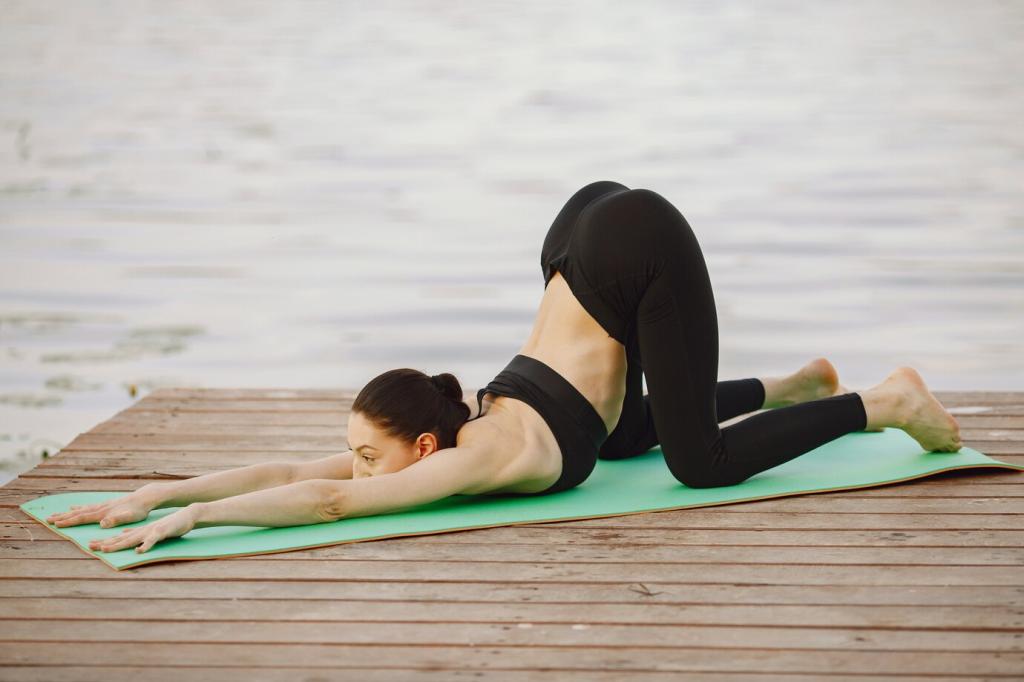
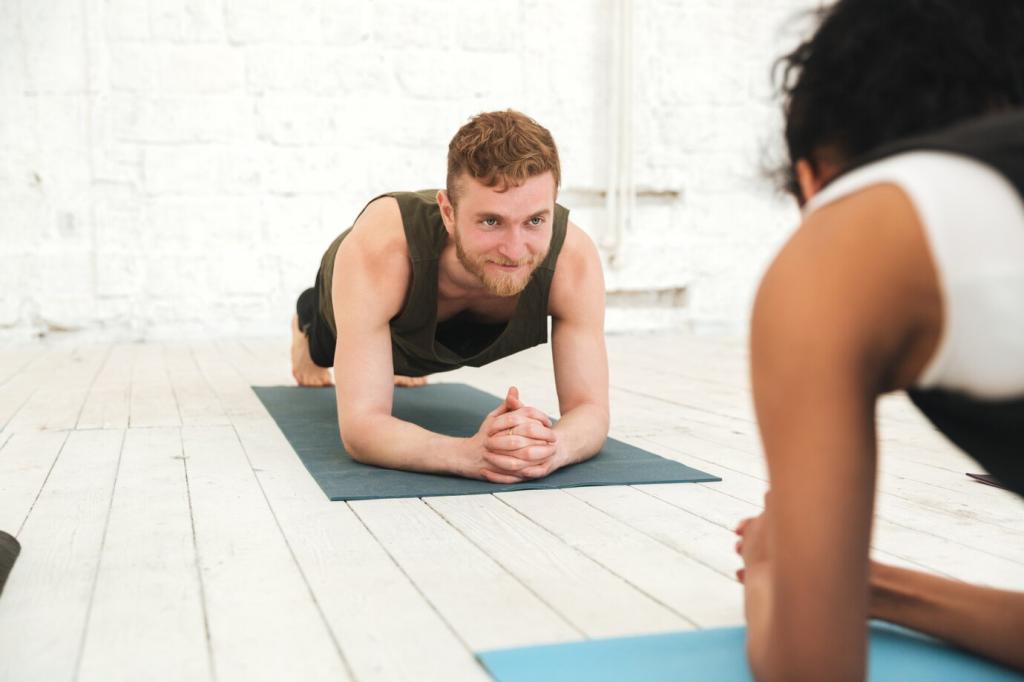
Minutes 5–10: Gentle standing flow
From Mountain, inhale arms up, exhale forward fold with soft knees. Halfway lift, step to Low Lunge, then switch sides. Return to standing, practice a supported balance by tapping toes behind. Keep breath smooth and steady.
Sequencing Principles You Can Trust
Alternate stronger shapes like Low Lunge with softer shapes like Child’s Pose. Let every challenge have a recovery. This keeps energy steady and prevents fatigue from stealing focus. Your body learns best when stress remains moderate.
Sequencing Principles You Can Trust
Include flexion, extension, rotation, and side bending across your practice. Cat–Cow, Half Split, gentle twists, and side stretches cover these directions. Balanced spine movement improves comfort, posture, and awareness throughout daily activities.
Props and Modifications That Empower
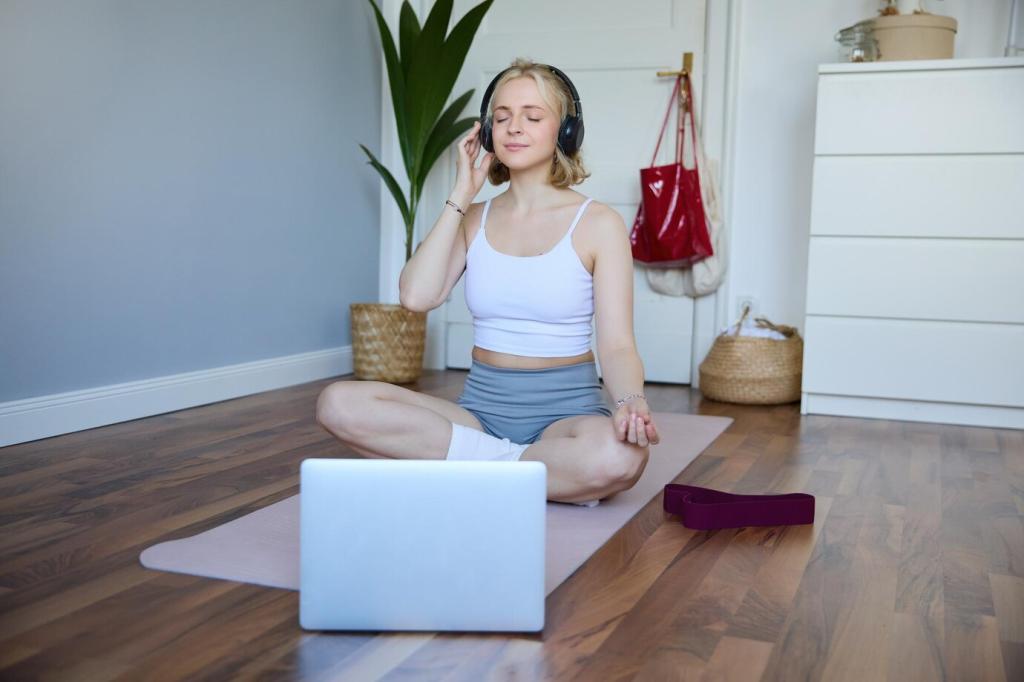
Blocks or books under your hands
Elevate the floor by placing blocks or sturdy books beneath your palms in lunges and folds. This preserves length in your spine, reduces rounding, and builds confidence to explore poses without strain or wobbling.
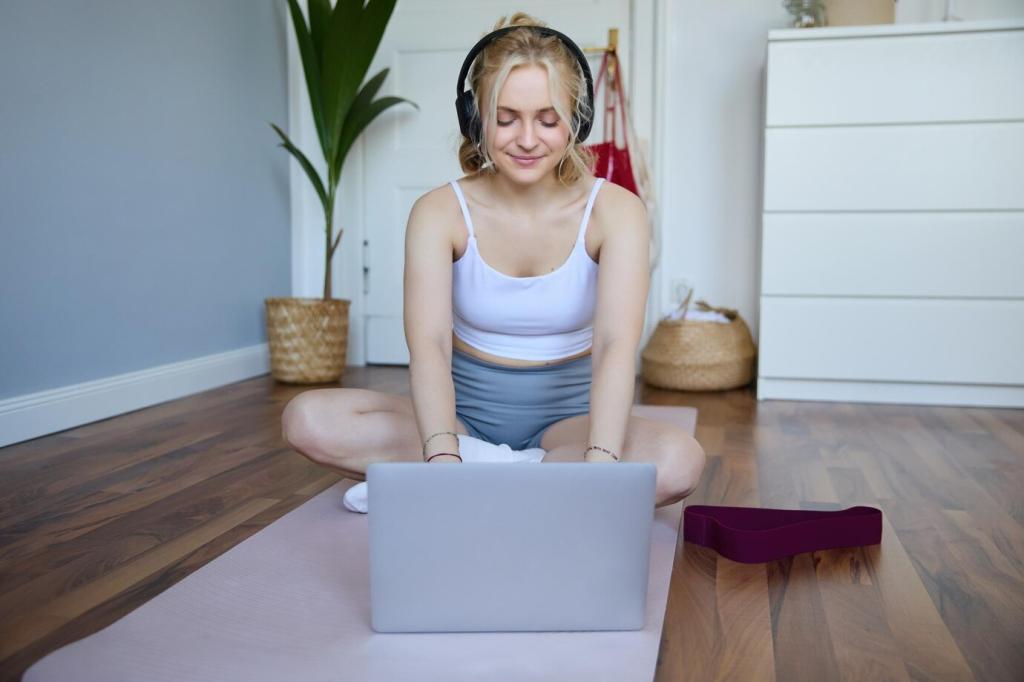
Strap or towel for comfortable reach
Loop a strap or towel around your foot in Half Split or a seated hamstring stretch. Keep the knee slightly soft and spine long. The strap brings the floor closer while protecting your back and hamstrings.
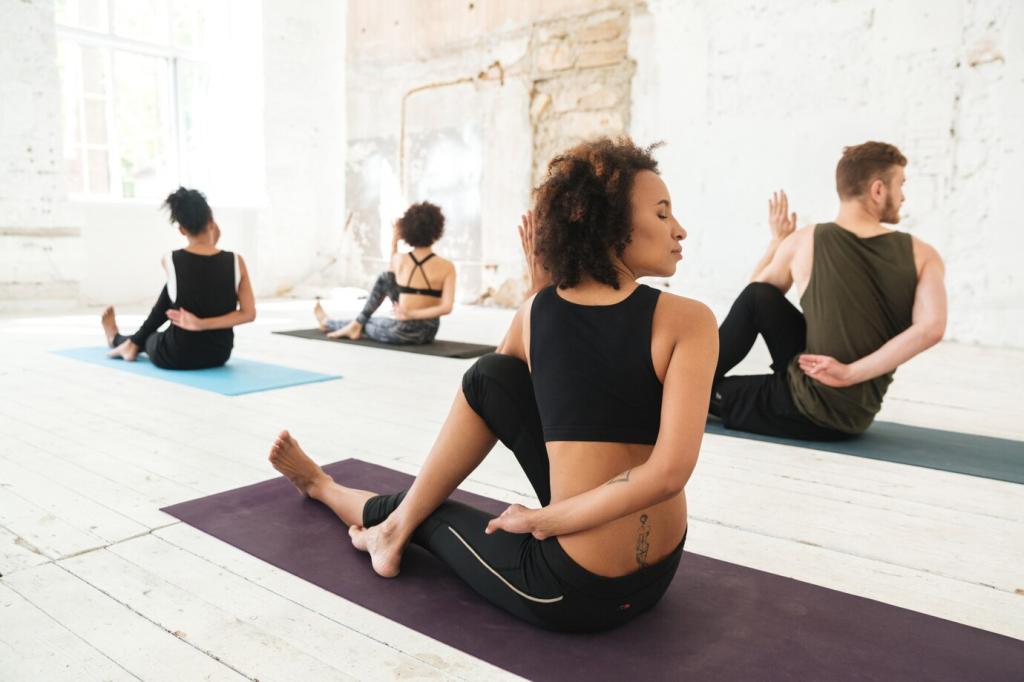
Chair and wall support for stability
Use a chair for balance during standing sequences or the wall for supported Down Dog. Stable support lets you focus on breath and alignment. Beginners often progress faster when feeling secure enough to move slowly.
Breath, Tempo, and Transitions
Link each movement to breath
Try a one-to-one rhythm: inhale to lengthen, exhale to fold or stabilize. This creates a natural metronome that steadies your attention. Over time, the breath becomes a reliable guide for every step you take.
Smooth, stepwise transitions
From fold to lunge, bend your knees, place hands on blocks, step back lightly, then organize your stance. Breaking transitions into smaller steps avoids rushing, reduces wobble, and teaches body awareness beginners can trust.
Choose an encouraging tempo
Aim for a calm pace that allows complete breaths. Many beginners benefit from four-second inhales and four-second exhales. A gentle timer or soft instrumental track can help. Share playlists or timing tips that support your focus.
Build Consistency and Community
Habit-stack your practice
Attach your routine to an existing behavior: after making coffee or finishing work, roll out your mat for fifteen minutes. This simple pairing removes decision fatigue and keeps your step-by-step approach reliably anchored.
Track progress mindfully
Note one sensation after each session—calmer breath, easier hamstrings, steadier balance. One reader reported feeling less morning stiffness after three consistent weeks. Your notes reveal patterns and keep motivation high without chasing perfection.
Share, subscribe, and ask
Tell us which step felt best today, subscribe for weekly beginner-friendly sequences, and request a routine for your unique goals. Your questions shape future guides and help new practitioners feel seen, supported, and ready.
